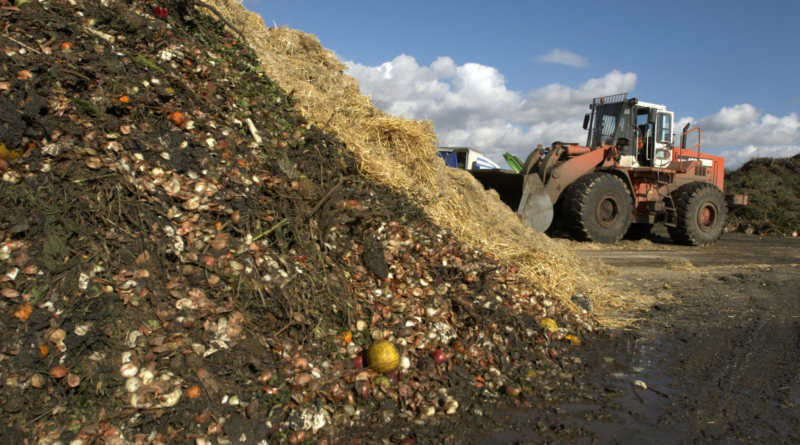Food waste is full of surprisingly low-hanging fruits to help tackle climate change, a growing body of evidence shows
The premise of food banking is deceptively simple: identify and collect surplus food along the supply chain and then redistribute good food to people facing hunger. Food banks are rooted in their communities, serving as a lifeline for those suffering from chronic need as well as during times of crisis. They play an important role in feeding people displaced by disasters, conflicts, and economic shocks, as the world witnessed during the COVID-19 pandemic.
But there’s something happening at food banks that you can’t see at all—they’re helping protect our planet while feeding people facing hunger. Today, we have a growing body of evidence to show it.
Every year, at least 1.3 billion tons of food are lost or wasted across the supply chain, from the farm to the retailer to the home kitchen. When discarded, food decomposes, producing methane, a potent climate pollutant that traps 80 times more heat than carbon dioxide in the first 20 years after it’s released. The vast volumes of food we send to landfill account for an estimated 20% of current methane emissions.
Because of methane’s short life cycle, if the world were able to slow the current rate of emissions, atmospheric methane could be significantly reduced in only 10 years, making a significant dent in global warming. This is why almost 160 countries have committed to reducing methane emissions by 30% by 2030 under the Global Methane Pledge.
The newly released Food Recovery to Avoid Methane Emissions (FRAME) methodology, developed by The Global FoodBanking Network and our partners, shows that food banks can play an important role in achieving this goal. The methodology provides the most comprehensive and accurate tool to date to measure emissions reductions from redistributing surplus food and the social benefits of doing so.
In a pilot project of six food banks in Mexico and Ecuador, we found that through food recovery and redistribution, each local food bank reduced emissions equivalent to removing 900 gasoline-powered cars from the road for a year. Rolling this up to the hundreds of food banks operating in more than 80 countries across the globe, this represents an enormous potential to reduce emissions. And food banks deliver the additional benefits of providing critical food to people, reducing hunger, and strengthening local communities. Last year, food banks in GFN’s network reached 40 million people.
Despite the clear benefits of reducing food waste, the reality is that almost everywhere in the world, most companies still opt to send wholesome food to a landfill, rather than donate to a food bank. That’s why we need additional policies and incentives to encourage countries, businesses, and others to support this time-tested approach.
The first step is simple and free for governments: provide liability protection to companies—similar to the Good Samaritan Law in the United States—to encourage more to donate food. The Food Bank Singapore just ushered through a similar law there, as have Argentina, Brazil, and Ecuador.
Tax incentives for companies that give to food banks and other organizations can also spur more donations and less waste, like the new law in Colombia supported by the Colombian Association of Food Banks (ABACO).
Policymakers can also improve confusing date labels on food packaging as they have done in the U.K., such as those that do not distinguish between quality (Best before) and safety (Consume by), leading consumers and grocers to throw out food that is still safe for consumption.
While only five countries currently factor food loss and waste into their national climate commitments at the U.N. (known as NDCs), the dual impact of food banks on hunger and the climate is increasingly being recognized. Ecuador’s Banco de Alimentos Quito—the capital-based food bank and participant in this pilot research—has been brought into discussions with the government on its ambitious climate policy. This is because the FRAME methodology allows lawmakers to factor emissions reductions from food redistribution into their national climate strategies, as they also set national food loss and waste targets. And food redistribution as a climate solution is gaining traction in international forums, including the COP climate talks.
Armed with better data and a stronger evidence base, governments and the private sector can join with non-governmental organizations to unlock the potential of food recovery and redistribution, including food banks. In the short term, food banks can help tackle the pressing global challenges of hunger and methane emissions, while spurring our food systems to transition to a more sustainable and equitable future.
More must-read commentary published by Fortune:
The opinions expressed in Fortune.com commentary pieces are solely the views of their authors and do not necessarily reflect the opinions and beliefs of Fortune.




